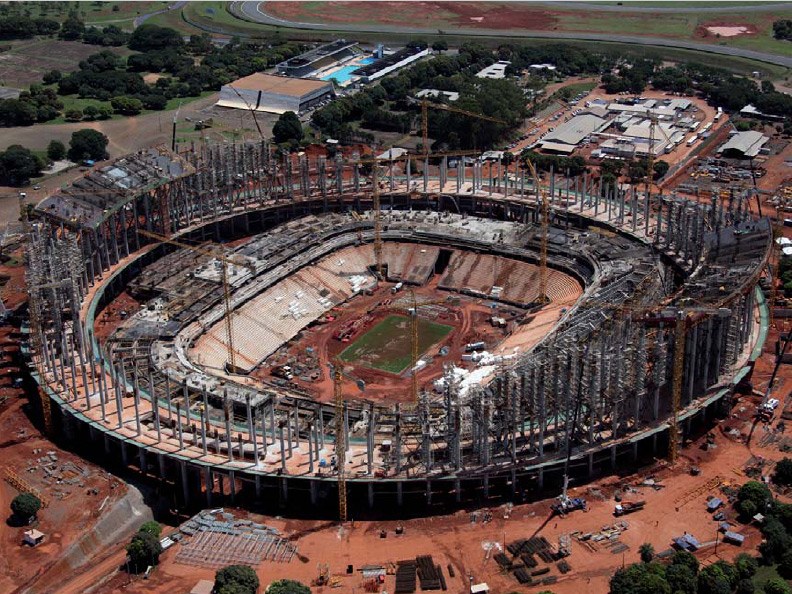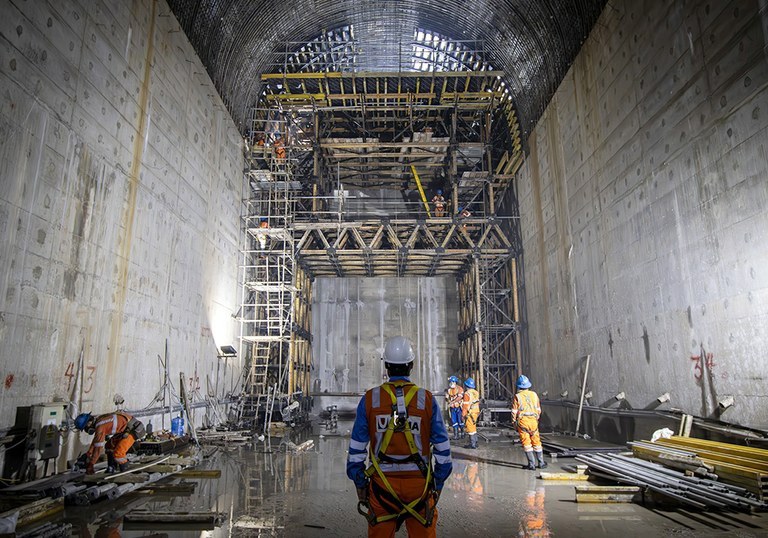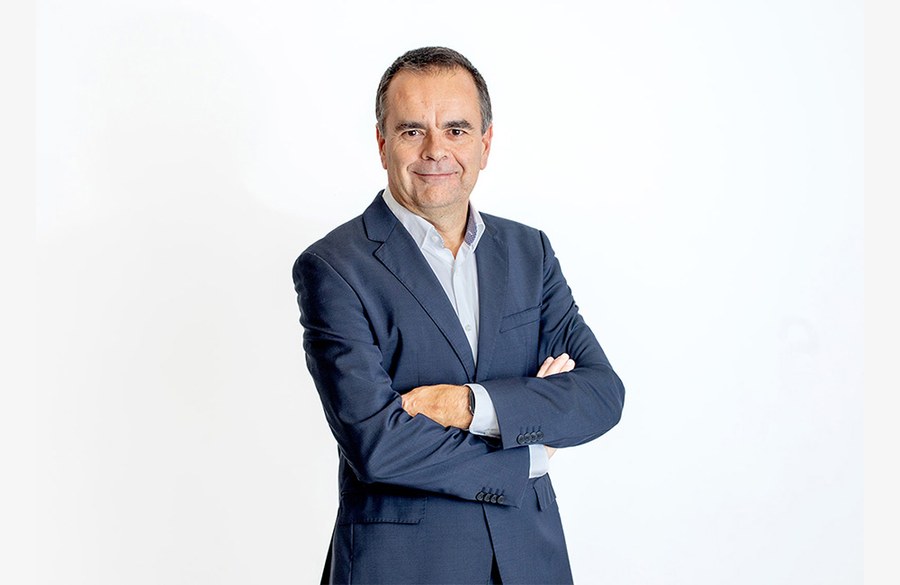ULMA Construcción provides a new approach to the emblematic football stadium Mané Garrincha

Engineering solutions and technical advice have been at such a level that the client has decided to increase the percentage of work awarded to ULMA.
The challenge of this work boils down to the quantity of material required, about 4,000 t of product, the use of construction processes with less labour demand and reduced execution deadlines, always with a strict level of safety.
Currently, the pace of work at the stadium follows the schedule proposed by FIFA. In fact it is the most advanced building work in the country. More than 3,600 builders are working on the site in different tasks and it is expected to be completed by December this year. In addition to hosting 7 matches in Brazil 2014, it will host the opening match of the 2013 Confederations Cup.
The peculiarity of this stadium lies in the 288 columns 46 m in height that run throughout the building. The execution of the circular pillars 1.20-1.50 m in diameter has been carried out with CLR formwork in successive tiers of 4 m. The safety of the workers at this height has been guaranteed with the use of the BRIO system as a work platform.
The versatility of the ML System has been used for the construction of the compression ring 22 m in width to 46 m in height. The MK Structures, supported on consoles anchored on the 288 pillars, have supported the ring structure.
At this stadium the lightest propping and formwork have been used. In addition, the VR Cart has facilitated the transfer of the towers, both BRIO and ALUPROP, to each new phase of concreting without having to dismantle. This way output has increased and the quantity of material has been reduced.
Marcos Aparecido Tonchis, Production Manager of the Building Consortium, has said that expectations for ULMA Construcción have not only been met but also exceeded thanks to a high quality service, on-going advice and compliance with the supply commitments. Also highlighted the post-sale service and the innovation and modernity of ULMA’s products, compared to the rest of the Brazilian market which he dismisses as obsolete.







